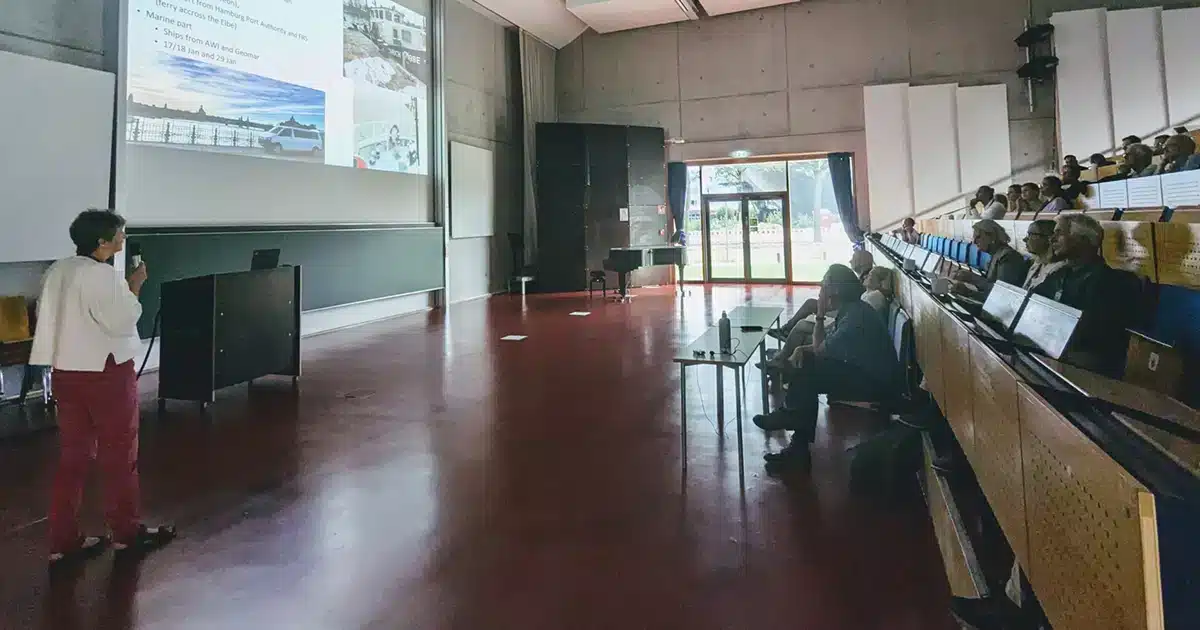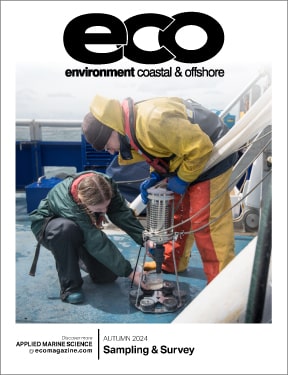In addition to vibrios in the Baltic Sea, there are also other marine extreme events such as storm surges and their destructive consequences in northern Germany and natural hazards such as volcanic eruptions in the Aegean Sea. These events often have far-reaching effects on the affected regions by affecting ecosystems and massively influencing life on the coasts. Comprehensive research into the interrelationships and better risk management are therefore crucial to strengthening the resilience of people and nature.
From September 4 to 6, 2024, the University of Bremen hosted the first general meeting of almost 100 researchers from four joint projects who will work together over the next three years. Funded by the Federal Ministry of Education and Research (BMBF) and the five northern German states, mareXtreme, one of the three major research missions of the German Marine Research Alliance (DAM), combines social, engineering and natural science perspectives to investigate geomarine, biomarine and physical-oceanographic extreme events. Marine events such as earthquakes and heat waves often trigger cascading processes that are often self-reinforcing. These events require comprehensive observation strategies, effective early warning systems and the involvement of various stakeholders to strengthen the resilience of coastal communities. mareXtreme aims to improve the prediction of such events and promote the sustainable development of coastal regions.
The four joint projects ElbeXtreme, METAscales, MULTI-MAREX and PrimePrevention provided the framework for the presentations and discussions. Not only was the current state of research highlighted, but also key cross-cutting issues such as the development of a uniform data policy and the use of models for the development of early warning systems were addressed. Particular attention was paid to the establishment of real-world laboratories in which direct exchange with residents, politics and business is to be promoted. These real-world laboratories are intended to serve as an interface between science and practice and to test innovative approaches to risk management in coastal regions.
“The challenge of finding one’s way through the jungle of different perspectives can also be seen as an opportunity,” explains Professor Beate Ratter from the University of Hamburg and one of the three mission spokespersons. “Through this exchange, we are creating a space in which different disciplines complement each other and find a common understanding.” This not only promotes closely interlinked, transdisciplinary cooperation, but also creates better conditions for dialogue and cooperation with different actors on the coasts.
With this successful kick-off meeting, the mareXtreme research mission has laid the foundation for intensive cooperation. The transdisciplinary networking of the scientists involved and the exchange with local actors form the foundation for future-oriented solutions in coastal protection and risk management.

